3 proven methods for determining phase and zero without instruments
Method number 1 - Visual designation
The first and most reliable way to independently determine where the phase and zero without a tester is to examine the insulation color of each conductor, based on which to conclude.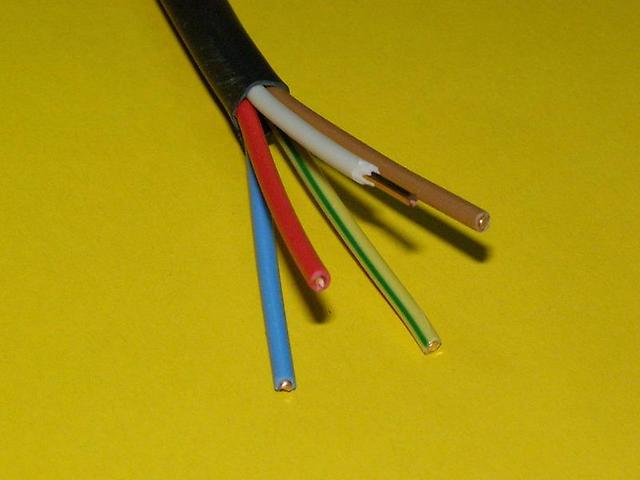
The fact is that wire color marking it is just designed so that it is possible without instruments to find out which of the conductors is neutral and which is phase. To make it easier for you and to be able to correctly determine the phase and zero, we provide a table with existing standards: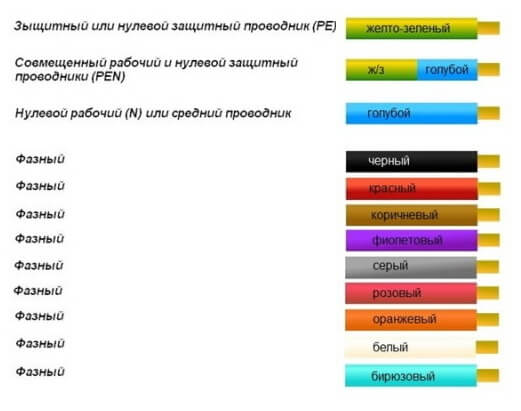
As you can see, the insulation can be of different colors, so it is better to remember that 0 is always blue, and grounding is yellow-green (or only yellow / green). As a rule, the remaining third core is the phase that you need to determine. If there is no color marking, which is no exception, you can find the phase and zero without a tool in other ways, which we examined below!
Method number 2 - do control
The second idea is to determine without a tester where phase and where the zero wire in the outlet is what you need make a control light from improvised means. Everything is very simple, you just need to find an incandescent lamp with a cartridge and two pieces of stranded wire, about 50 centimeters long.
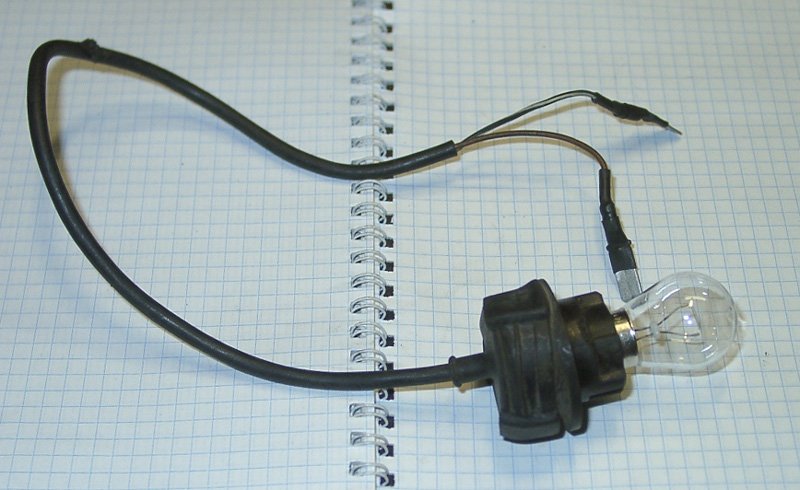 The conductors are connected to the corresponding connectors of the cartridge, one conductor is mounted on a heating pipe stripped to a metallic color, and the second one needs to "probe" the conductors of interest to you. The light will come on if you touch the phase contact. In such a simple way, you can quickly find out without devices where phase and zero are.
The conductors are connected to the corresponding connectors of the cartridge, one conductor is mounted on a heating pipe stripped to a metallic color, and the second one needs to "probe" the conductors of interest to you. The light will come on if you touch the phase contact. In such a simple way, you can quickly find out without devices where phase and zero are.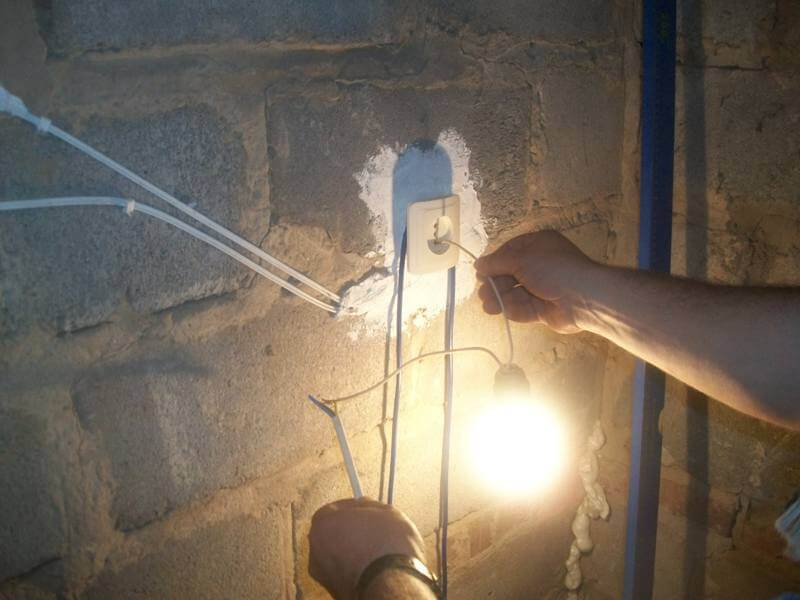
We draw your attention to the fact that this search option without devices is dangerous and can cause electric shock. Be careful when determining stress and beware of touching your bare core with your hand!
If you don’t have an incandescent lamp on hand, you can use a neon bulb to build a homemade tester, which will also allow you to determine the polarity. The control scheme will look as follows:
Method number 3 - Potatoes to help!
A funny, but still effective idea that allows you to determine the phase and zero without an indicator, multimeter or other tester. All you need is a potato, 2 wires of 50 cm each and a 1 MΩ resistor. You can find the voltage by the method described above. The end of the first conductor is connected to the pipe, the second end is inserted into the slice of potatoes, as shown in the photo.As for the second wire, one end must be inserted into the same section, at the maximum possible distance from the core already inserted, and the second you will feel the conclusions on which you need to find the phase and zero without devices. The definition is as follows:
- If a slight darkening has formed on the cut, this is a phase conductor;
- No reaction happened - you “felt” zero.
It should be noted immediately that in this case the determination should occur with a short time delay when the vein comes in contact with a potato slice. You should touch the wire to the potato and wait about 5-10 minutes, after which the result will be visible!
Using a similar technique, you can determine the polarity of the contacts in the DC circuit. To do this, two wires fall into a cup of water and if bubbles begin to form near one of them, as shown in the photo below, then this is a minus and, accordingly, the second core is a plus.
So we have provided the simplest ways to determine the phase and zero without devices. Once again we draw your attention to the fact that only the first method is safe. When using the last two, care must be taken not to be shocked!
Also read:


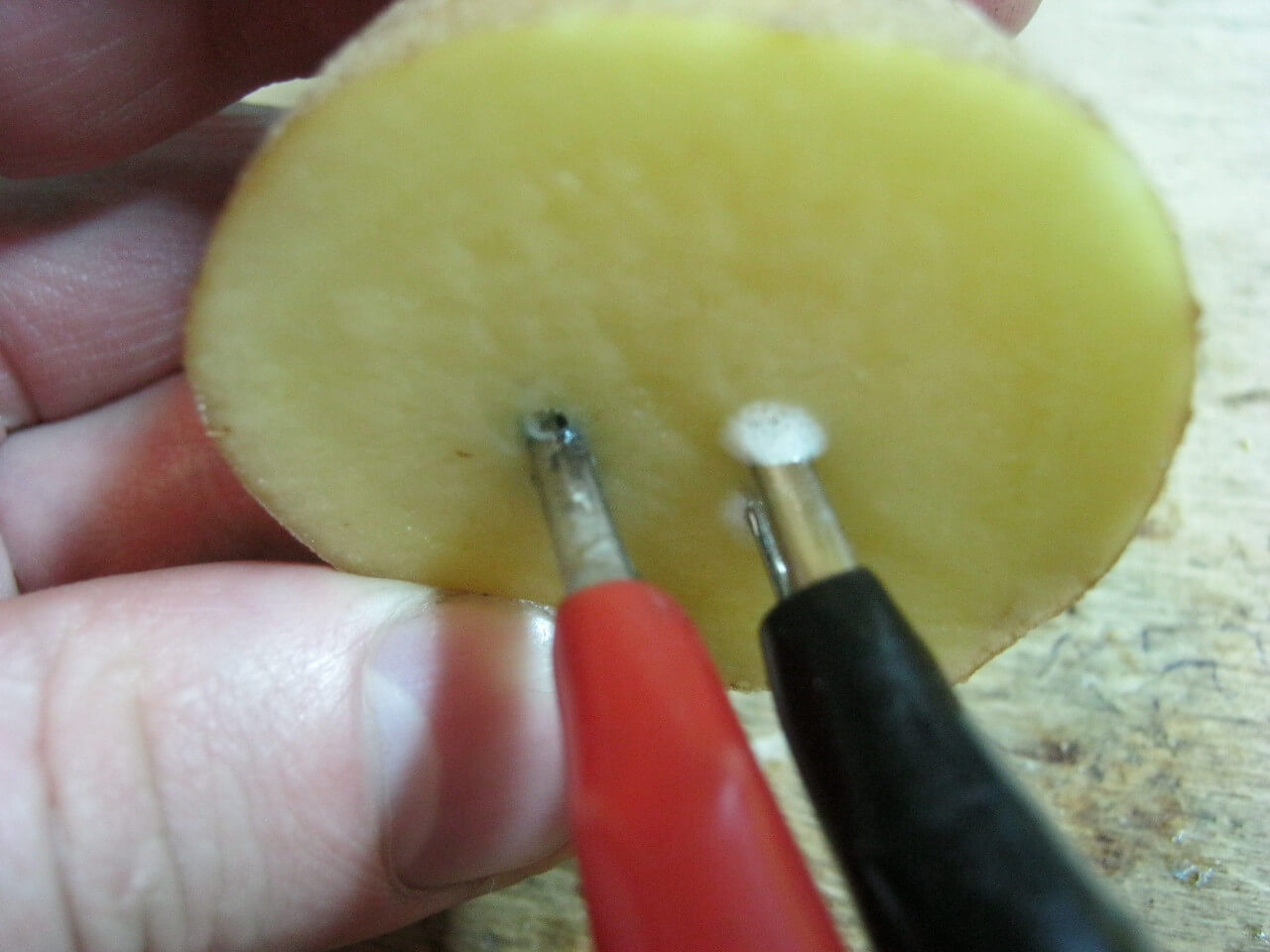
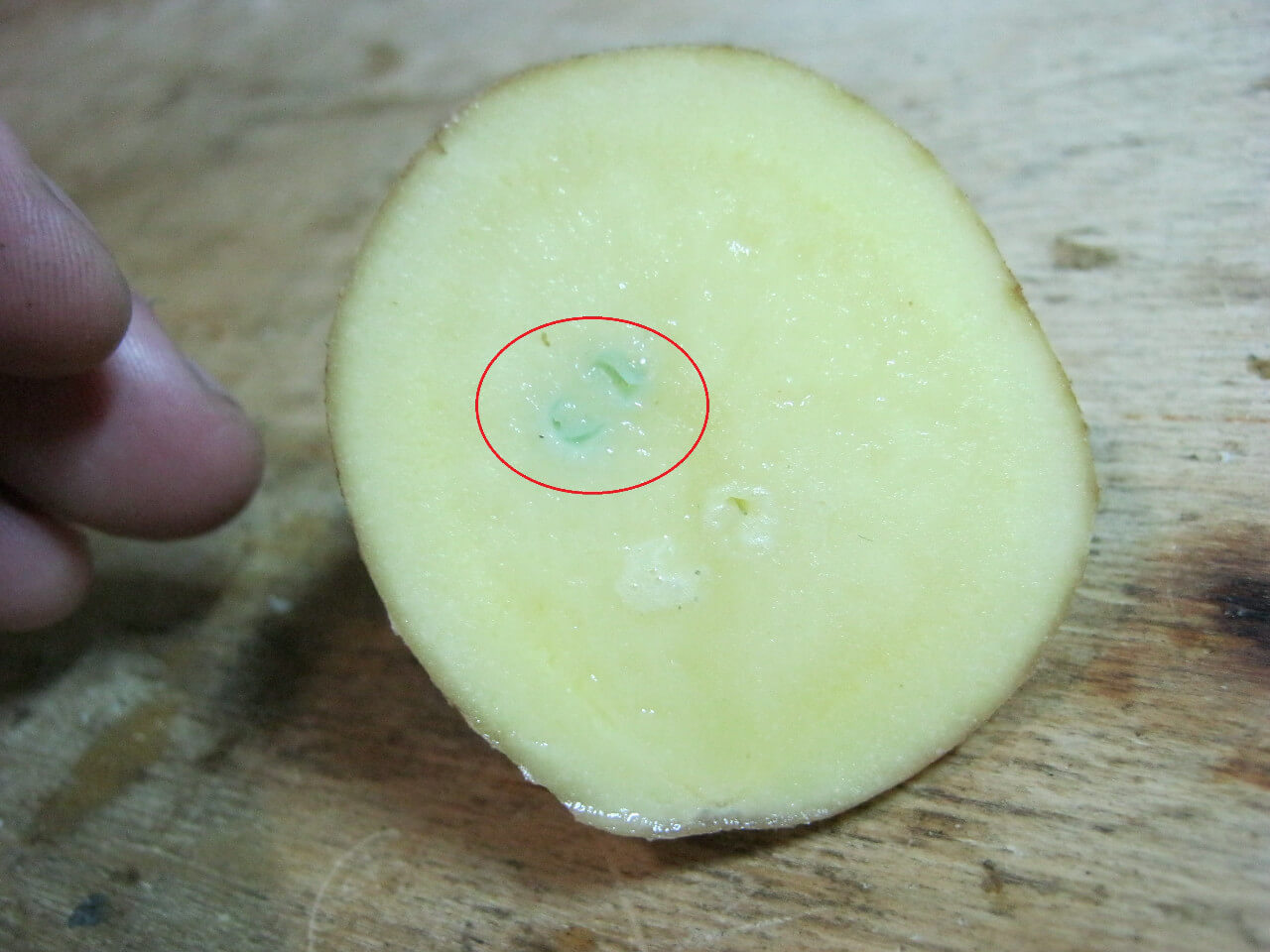
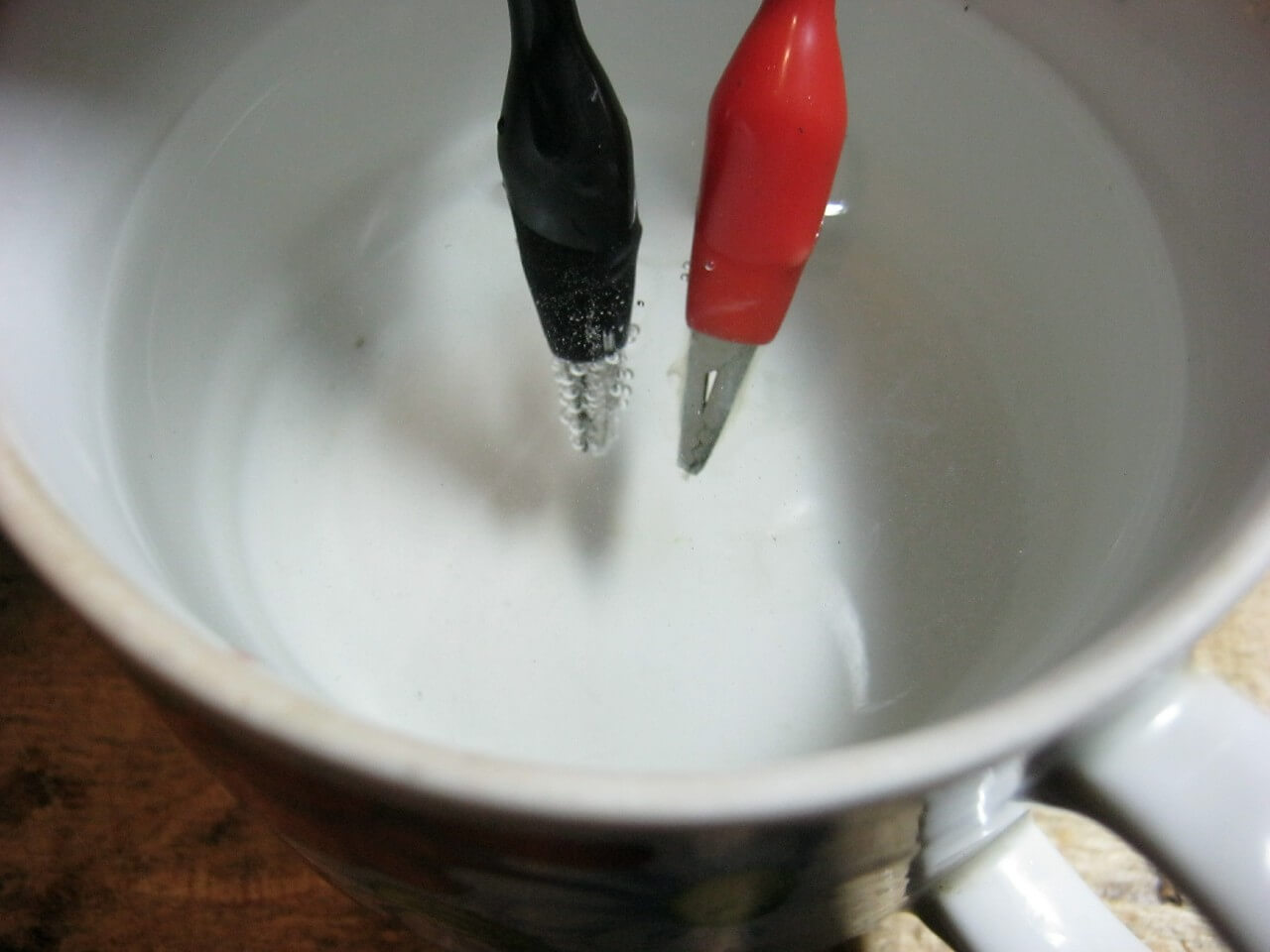


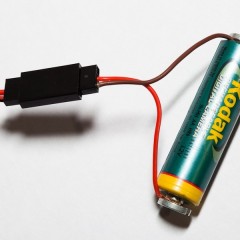
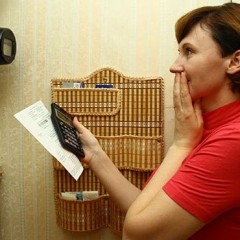
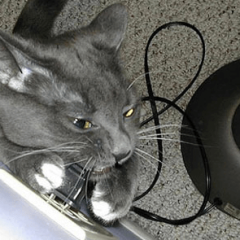

When grounding on a heating pipe, there is a chance to kill not only yourself, but also your neighbors. Isn't it better to buy a cheap tester?
... imagine you need to connect a new outlet, but you don’t have any tools at hand ...
and you also intend to twist the socket with potatoes, or a basin of water ?!
Never engage in this nonsense, and the author does not post such nonsense!
There is one single right tool for each job, in this case: an indicator screwdriver.
In general, there is an electrician for this work, and without tolerances do not stick your nose.
Each question has its own answer! People ask how to determine phase and zero without devices, I provided folk tricks, so to speak. Many liked them. And not for you to teach me!
Yeah, at the weekend or holiday, find an electrician ... However, I will subscribe as a professional under every stroke of every letter. Do not know how, do not have a tool and knowledge / skills, do not meddle. You will only make it worse. Well, I agree yet to the surrogate-neonka pulled out of the starter ... But the potatoes and water are simply "sommestimy" they are 220 volts.
Still possible on the tongue) Joke. But if you touch the phase with the roughest skin of your body, you will feel the vibration. Also almost a joke) Today I disconnected the tables with the equipment from the network in order to move it and apparently disconnected or closed it in the wrong sequence; in general, one power supply unit with a nettop burned out. How can this happen? When closed, the voltage disappears, and when disconnected, does the sequence matter? There was phase, zero and ground.
Maybe 380 was there, and you threw off the zero first, then it can burn